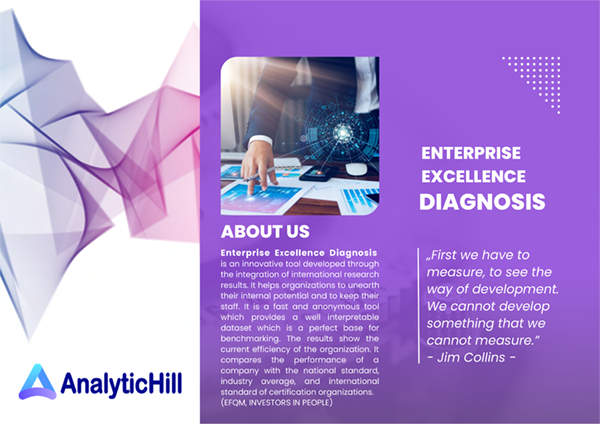Even if your organisation is already using this type of measurement tool, it is worth considering the value that the Corporate Excellence Diagnosis can give to you.
The Diagnosis measures the functioning and cooperation of the whole company, departments and teams, allowing for quick and accurate company improvements, even by department.
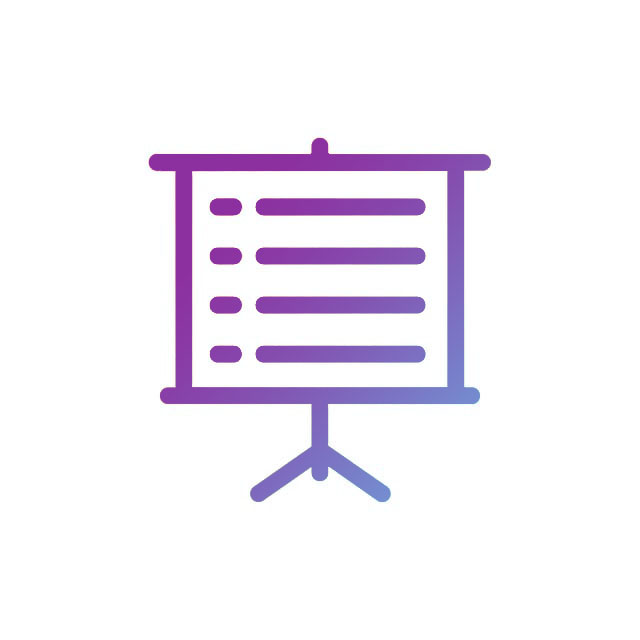
It can provide a full Engagement (employee satisfaction) measurement, Excellence (organisational performance) measurement, Culture measurement, and Time Management measurement in one diagnosis. It even measures the collaboration between departments. It is therefore very time and cost effective (its cost is usually not more than the replacement cost of 2 employees).
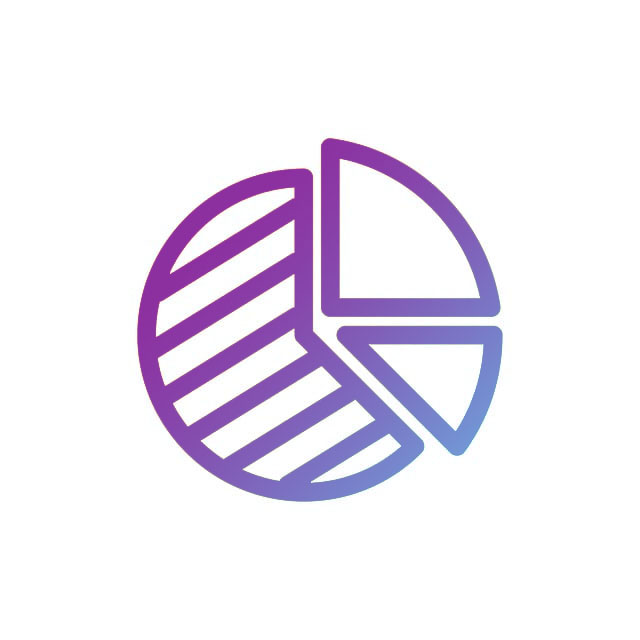
The system is based on common patterns of organizational excellence and research by the Gallup Institute and on work motivators from Thomas. It does not allow you to measure incorrectly or inappropriately (there are many simple, fictitious and customised corporate measurements, but they do not necessarily measure what is needed, or worse, they result what the company wants to hear).
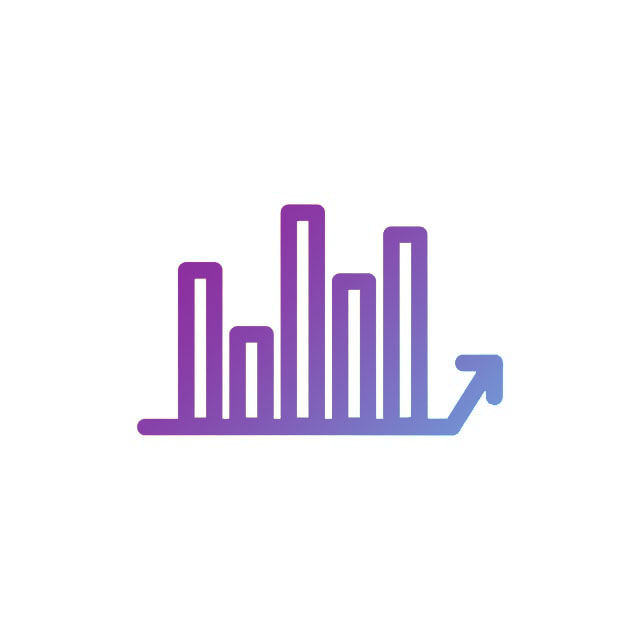
The system provides benchmark data from companies already measured (in some cases at the group level, industry and territory). The average performance of other companies can be seen that provides a basis for comparison. It allows data-driven decision making. It provides continuous access to continual analysis of data, by unit, over time. The system also allows deeper data drill-downs.
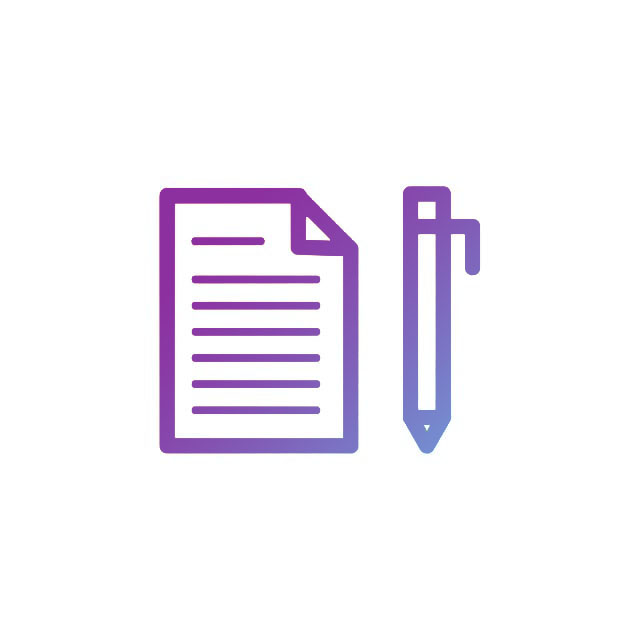
It can be tailored to your company, because it is possible to include company-specific questions. Completion is very easy, as it can be done by phone, laptop, paper-based and even corporate terminal.
It is multilingual. It works in all world languages and in Hungarian. It can be loaded with any language on demand and also allows language selection, e.g. for foreign employees.
It is secure because it has been validated by the Faculty of Psychology of the University of Debrecen on the basis of a sample of 1600 people. It complies with GDPR requirements.
If you want to learn more about Enterprise Excellence Diagnosis, let’s look after our homepage or our brossure below:

Enterprise Excellence Diagnosis Brossure
Contact us!

István Ecsédi
Phone: +36 20 923 54 05
E-mail: istvan.ecsedi@improversgroup.hu


